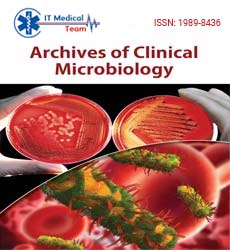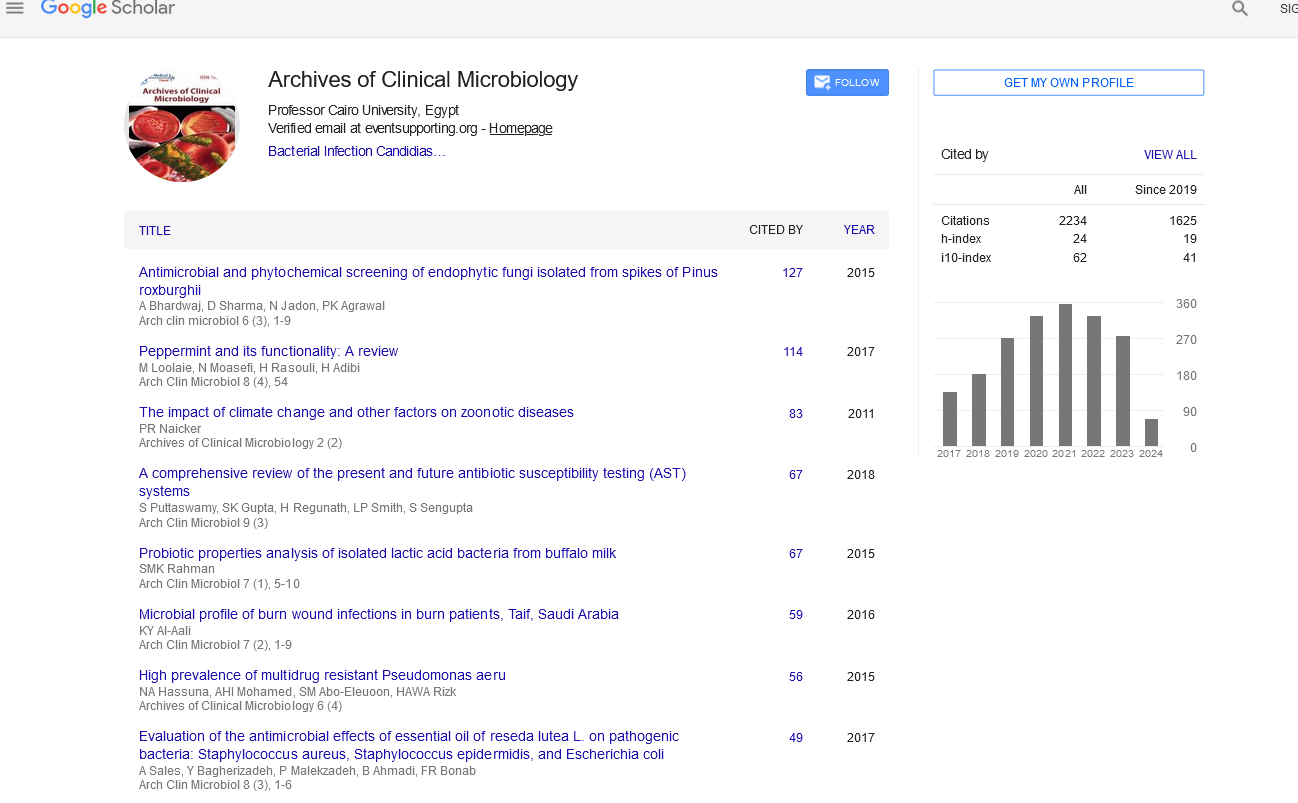Antibiotic resistance is one of the most imperative threats
to the populace’s health. Antibiotic resistance arises when
bacteria progress the ability to reverse the drugs designed
to execute them. Almost 3.5 million antibiotic-resistant
contagions occur each year, and more than 35k people
die as a result.
They are only needed for treating certain toxicities caused
by bacteria. We depend on antibiotics to cure serious,
lethal conditions such as pneumonia and sepsis, the
body’s extreme response to an infection. Effective
antibiotics are also desirable for people who are at high
risk for developing toxicities. Some of them include
patients undergoing surgery, patients with end-stage
kidney disease, or patients receiving cancer therapy (chemotherapy).
The upgrades in medicative chemistry has led to newest
anti-bacterial synthetic modifications of varied natural
compounds, these involve, the beta-lactam antibiotics
that embrace the penicillins, the cephalosporin, and also
the carbapenems. Aminoglycosides are the compounds
that are stagnantly isolated from living organisms,
whereas, the sulfonamides, the quinolones, and also the
oxazolidinones-are cultured entirely by chemical
synthesis.
The Classification of antibiotics is based on the
mechanism of action, chemical structure, or spectrum of
activity. Many Antibiotic classes aim to impact bacterial
functions or growth processes. Certain Antibiotics target
the microorganism’s plasma membrane Examples: penicillins and cephalosporin, the semipermeable
membrane (polymyxins), or interfere with essential
enzymes of bacteria (rifamycins, lipiarmycins, quinolones,
and sulfonamides) have bactericidal activities. Some
Antibiotics inhibit Protein synthesis like macrolides,
lincosamides, and Tetracyclines are usually bacteriostatic
(with the exception of bactericidal aminoglycosides).
Additional classification is centred on their target
specificity. "Narrow-spectrum" antibiotics mark specific
varieties of bacteria, like gram-negative or gram-positive,
whereas broad-spectrum antibiotics have an influence on
a good vary of bacterium. Following a 40-year break in
discovering new categories of medicine compounds, four new classes of antibiotics have been brought into clinical
use in the late 2000s and early 2010s: cyclic lipo-peptides
(such as daptomycin), glycylcyclines (such as tigecycline),
oxazolidinones (such as linezolid), and lipiarmycins.
There has been extensive use of antibiotics in animal
husbandry. In the United States, the question of
emergence of antibiotic-resistant bacterial strains due to
use of antibiotics in livestock was raised by the US Food
and Drug Administration (FDA) in 1977. In March 2012,
the United States District Court for the Southern District
of New York, ruling in an action brought by the Natural
Resources Defense Council and others, ordered the FDA
to revoke approvals for the use of antibiotics in livestock,
which violated FDA regulations.
Antibiotics must be used prudently and only as directed
by your physician. Following these advices, their lifesaving
properties will be conserved for your kids and
generations to come.
Admer Rey C. Dablio gives “Membrane-based liquidliquid
micro extraction approaches for automated sample
preparation” by saying that Membrane-based separation
methods have grown increasingly popular for sample pretreatment
of a wide range of complex sample matrixes
due to their simplicity, low cost and adaptability to a wide
variety of analytical instrumentations for antibiotics
research
Fundamental information about Antibiotics Microbial
2020 is going to be discussed in 9th edition of
International Conference on Antibiotics, Antimicrobials
& Resistance which is going to be held during October
12-13, 2020 in Zurich, Switzerland with the theme
“Navigating the Future of Antibiotics.” under the
Organizing Committee Members.
Ethan Mathew
Conference Manager | 9TH EDITION OF INTERNATIONAL
CONFERENCE ON ANTIBIOTICS, ANTIMICROBIALS &
RESISTANCE
25067





